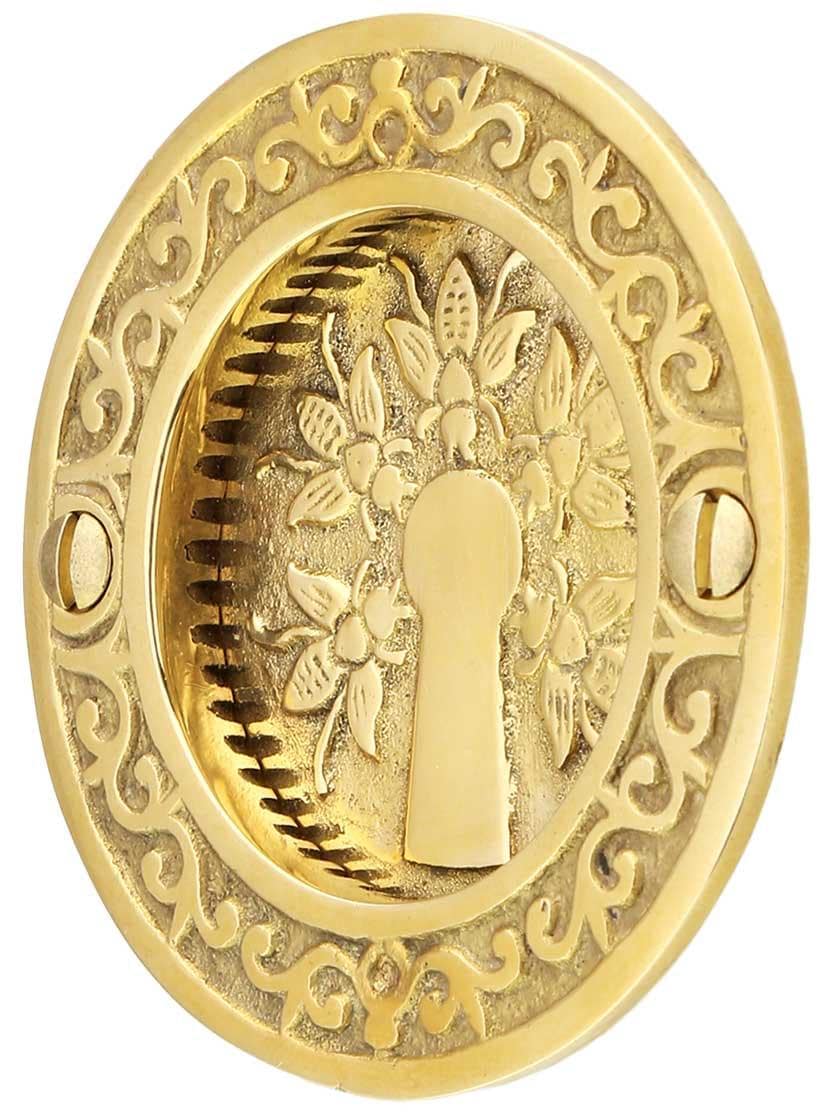Bee Design Pocket-Door Pull without Keyhole
Description
Dimensions: Outer: 2 3/4" D. Inner: 1 3/4" D. Mortise depth: 1/4". Surface plate: 1/8" thickness.
Hardware Tip
Ratings & Reviews
8 reviews
Adorable detailing
Comments:
Very unique bee detailing that you don't find very often. Definitely a conversation piece.
Beautiful, well made, extremely pleased.
Comments:
I am so pleased that I ordered these, my daughter was the one who suggested these to me and when I first looked at them I wasn't sure, but I kept going back and the more I looked at them the more I fell in love with them. I have a craftman style house and they fit in perfectly. I am so happy I took a second look, I love them.
Bee Happy
Comments:
For a pocket door
Bee Pocket Pull
Comments:
This hasn't been installed yet. It is heavier than expected. Quite beautiful. I would buy again.
Excellent quality and design
Comments:
Great design and quality. I like a lot of the fine detail and solid feeling of this product.
French Country Kitchen
Comments:
I used these handles on two pocket doors in my new French Country kitchen. One to my pantry and the other to the laundry. They are beautiful and unique.
Great addition to our sliding door
Comments:
High quality product
Love the quality!
Comments:
These bee door pulls are basically luscious! The heft and the craftsmanship are wonderful. So glad I happened upon this site.
